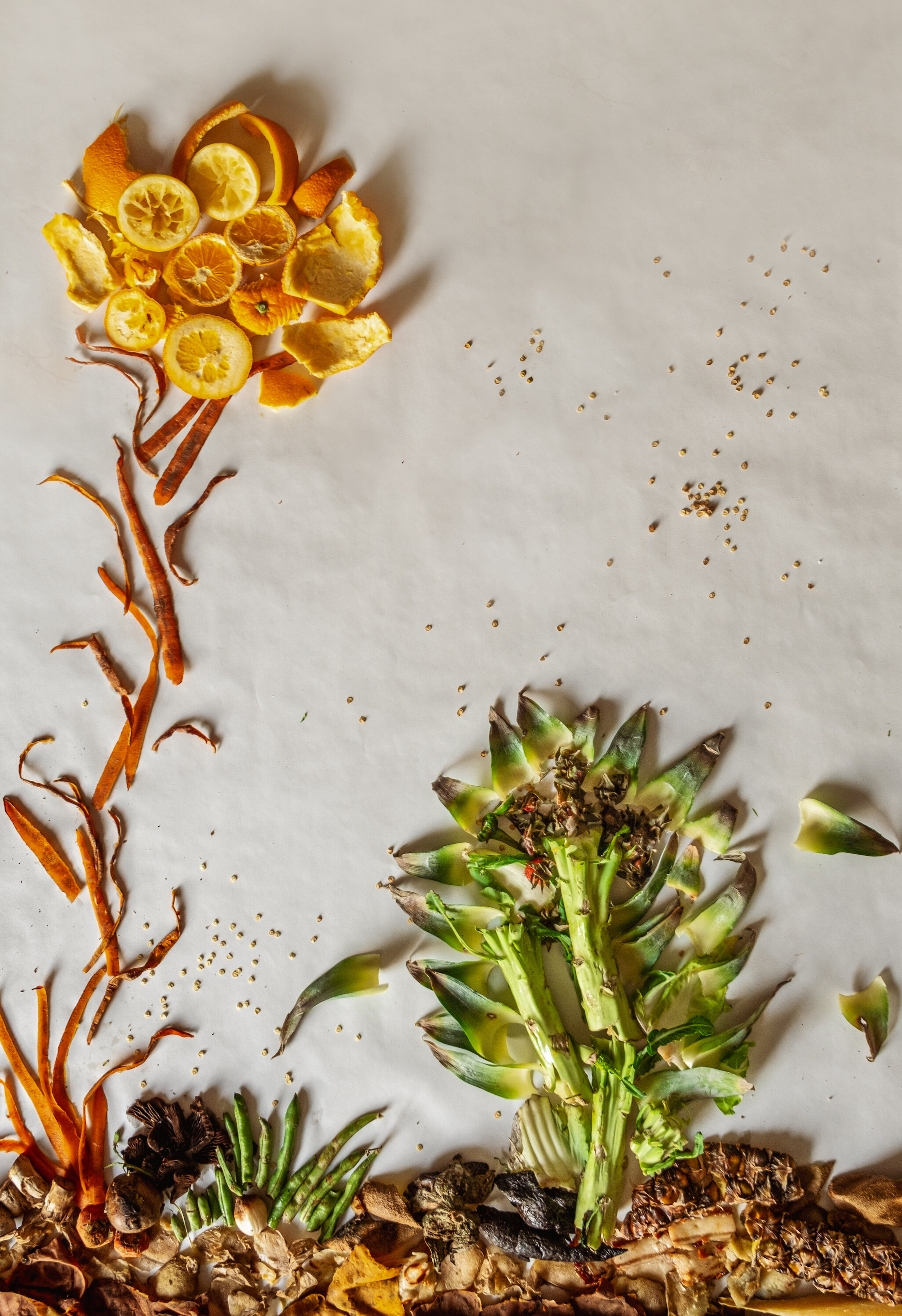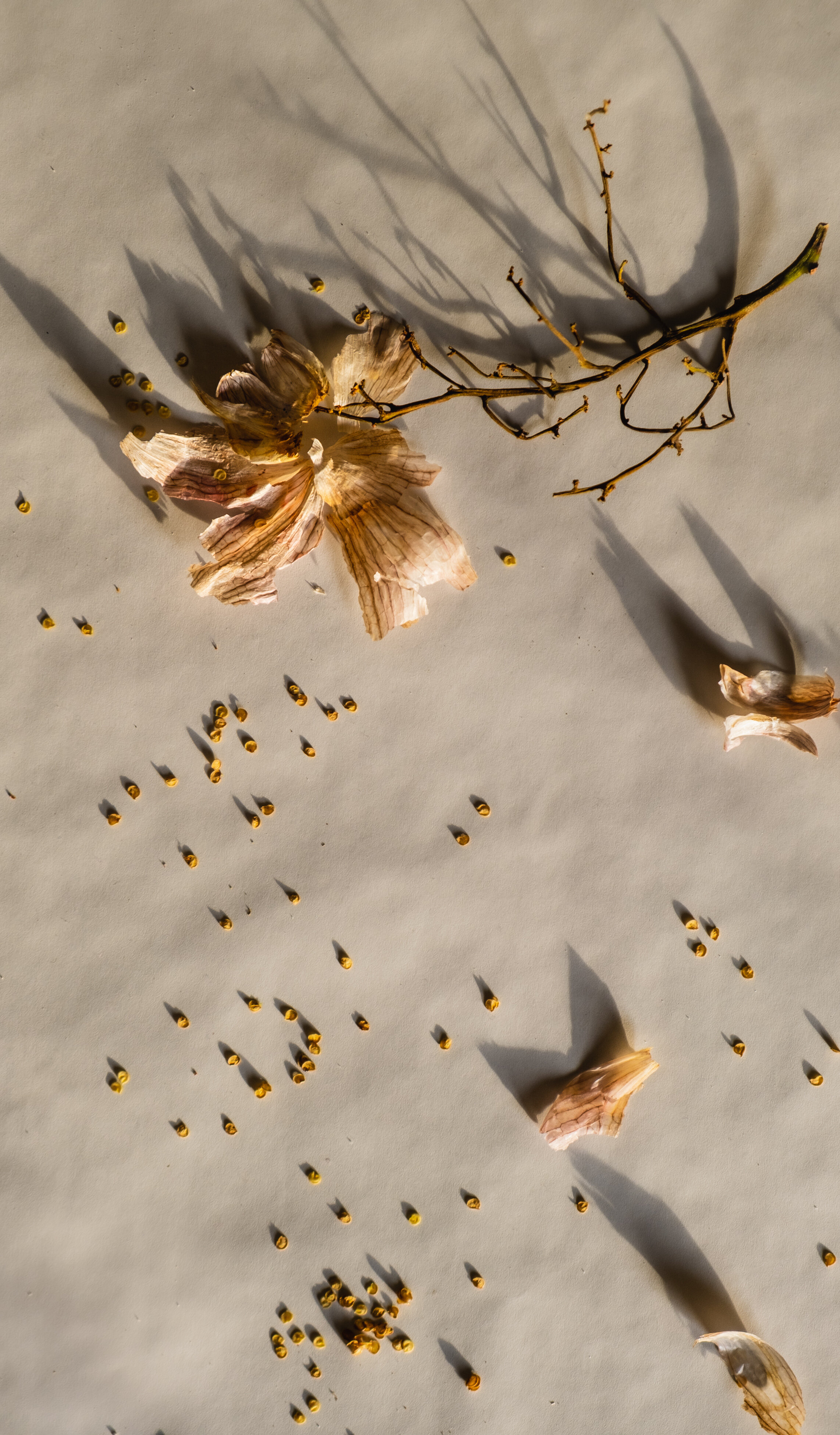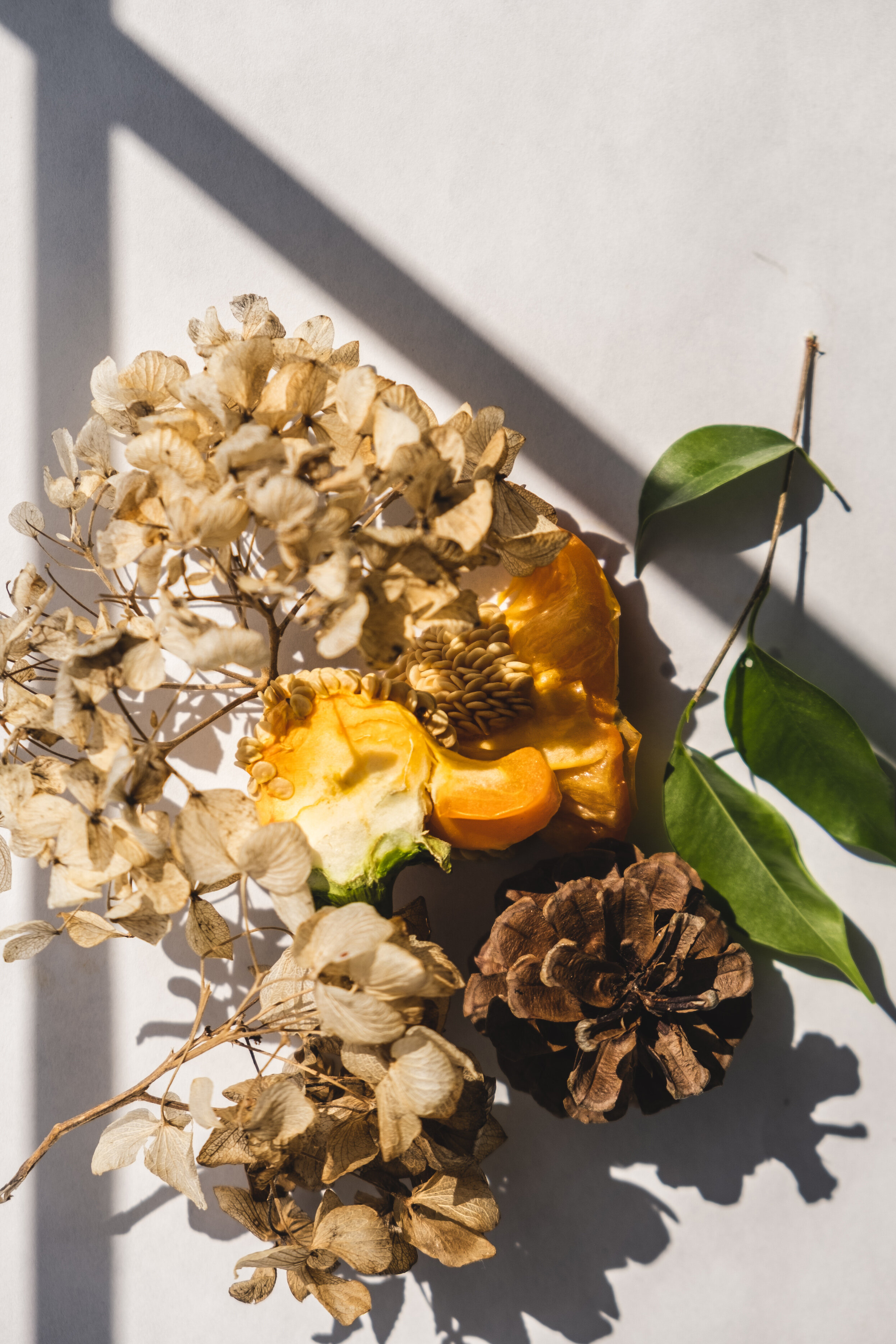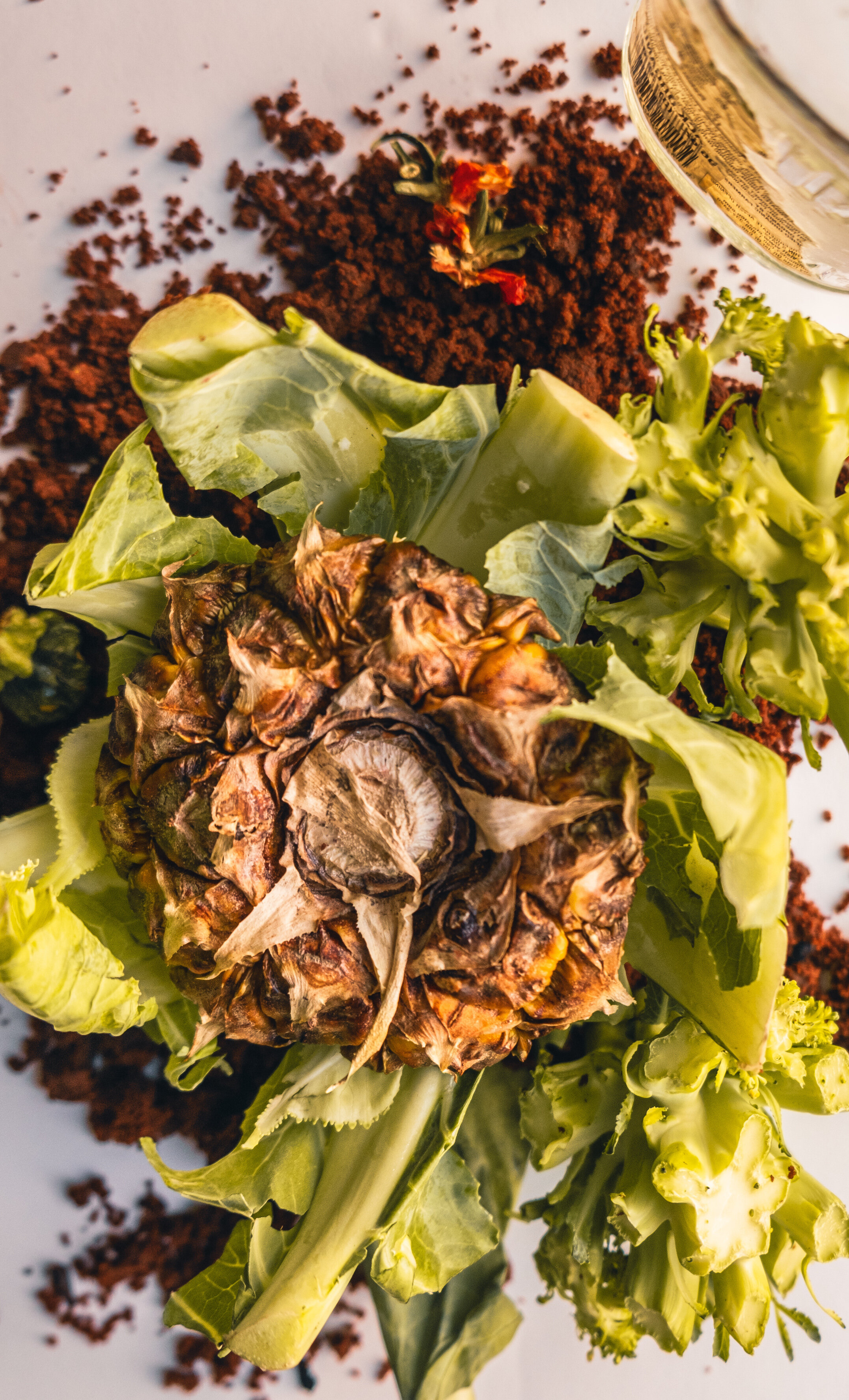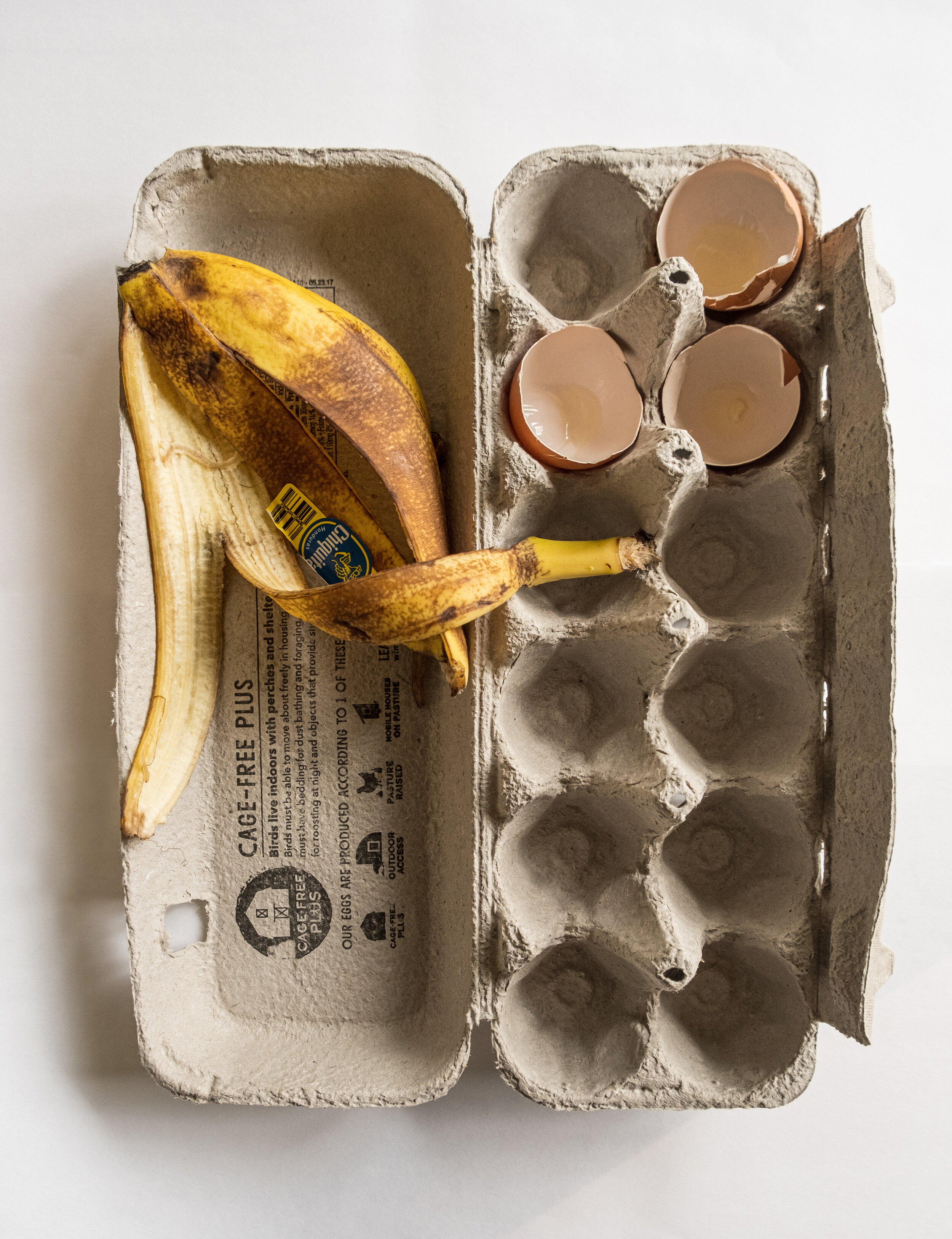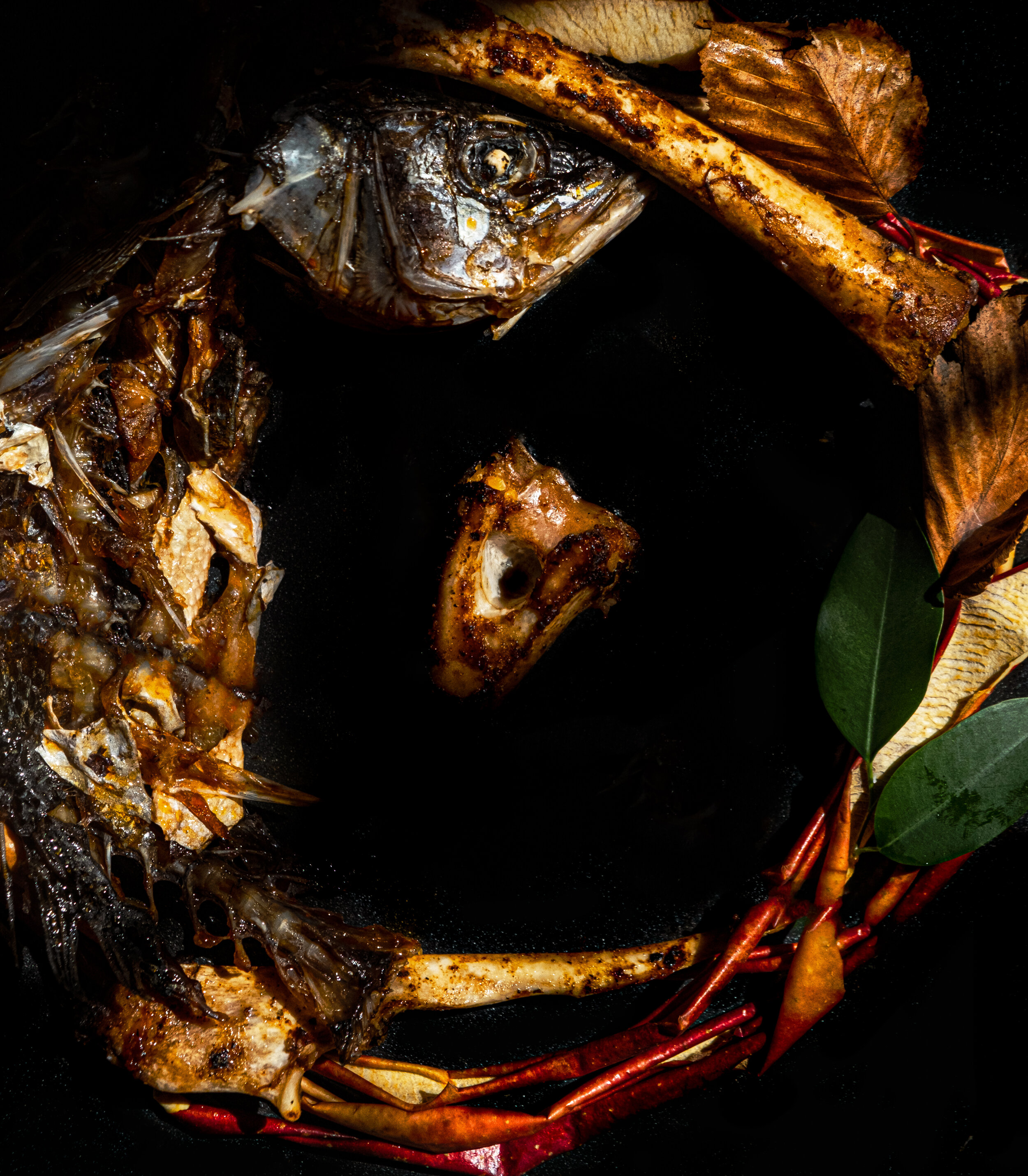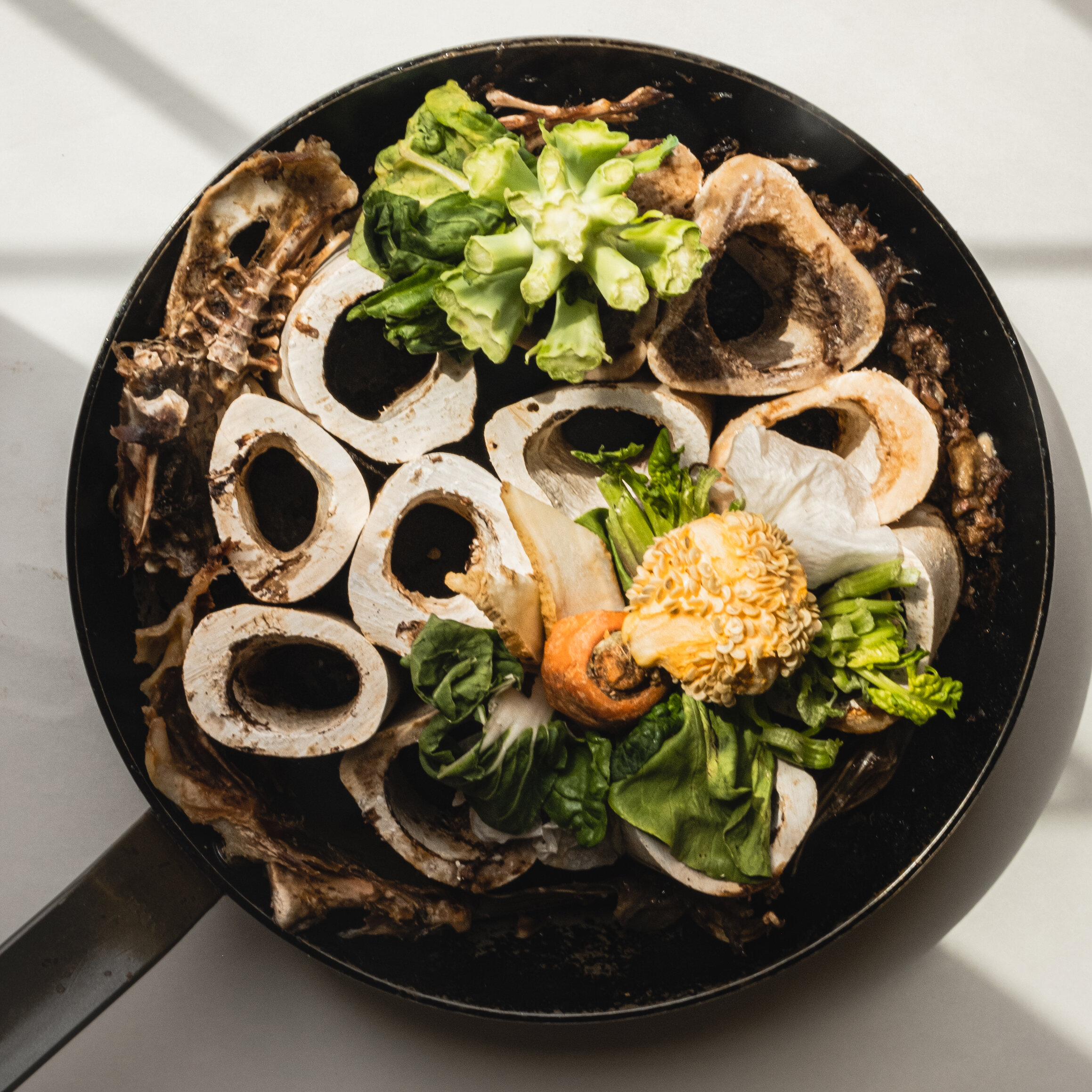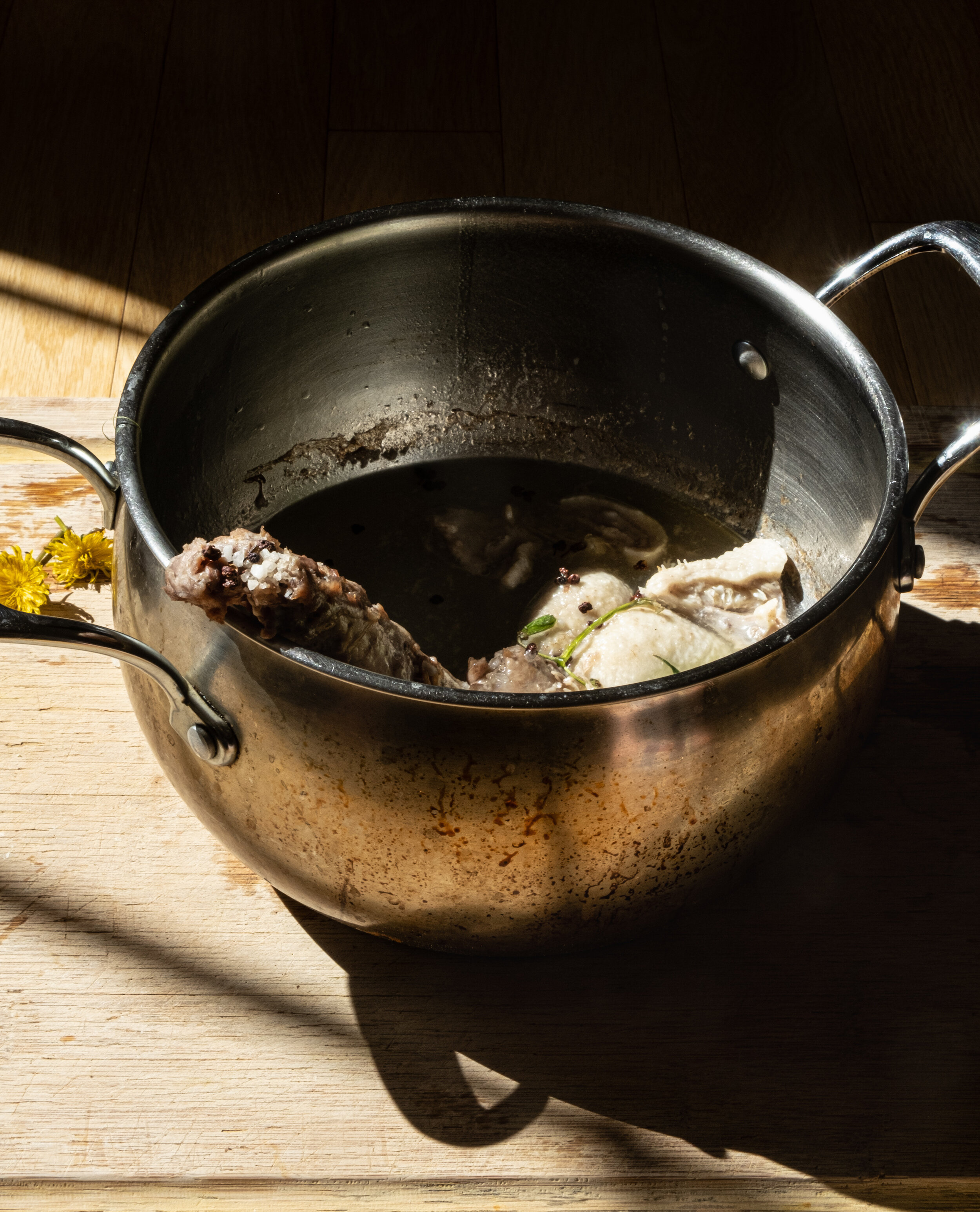Food for Trash

As a photographer, I look for inspiration in the people and places around me. When COVID-19 swept across Europe, I had to abruptly leave my study abroad in Denmark and return to my family’s home in the suburbs of Massachusetts. At first, I felt dejected at the prospect of doing photography from within the confines of my home. My day-to-day life seemed mundane, so I didn’t think I had anything meaningful to photograph.
However, through the process of making this project, I’ve learned that you don’t need to travel around the globe or embark on some wild adventure to create art. The potential for art is everywhere—the job of the artist is to connect the dots and weave a compelling narrative to share with the rest of the world.
To limit our trips to the grocery store amid the pandemic, my family has been trying to reduce our food consumption. Consequently, I have become hyper aware of the quantity of food my family eats, and even more so of the amount we throw away. I decided to start taking photos of our “scraps”: the supposedly inedible parts, the expired and stale parts, and the disgusting parts of our food. Maybe burnt apple crisp and banana peels weren’t good for eating, but perhaps they could be good for art.
Inspired by still life images, I began arranging our food scraps into different sculptures and layouts, occasionally adding leaves and flowers that I found in the backyard. It became a challenge to see what new creations I could come up with each day. Now, since I started photographing our food waste, my mom pauses to call out to me before dumping food in the trash: ”Do you want my apple core? How about these fish bones? Care for some broccoli stems?” And sometimes, instead of throwing out the food, she also asks, “What if we add this to our soup for tomorrow’s lunch?”

